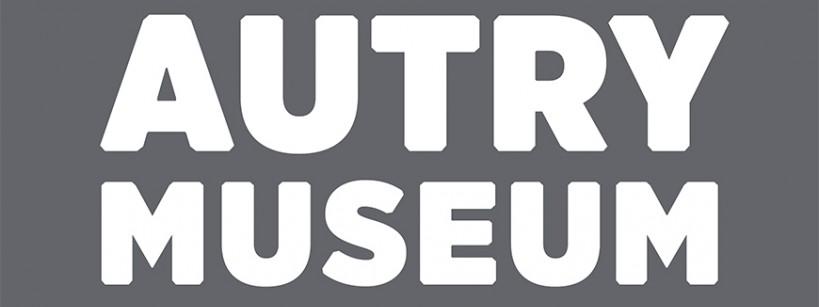Self-Paced Lesson
Students will answer the question How can you make change in your community? during this activity. Students will become Autry Activists by learning how to create change in their communities using a template that guides them through the following steps: Think, Research, Choose, Take Action, Reflect, and Share.
Lesson and Resources
Lesson: Autry Activists; Spanish
Student Response Sheet: Autry Activists Fillable Student Response Sheet; Spanish
Associated Education Resources
Teaching Tips for Different Learning Environments
Whole Class In-Person Learning:
- Step 1: PART A and PART B: Discuss the meaning of community and brainstorm different communities with the whole class. Assign PART A and PART B to be completed by individual students or in groups. PART C and PART D: Discuss the meaning of social issues and brainstorm different social issues that affect communities with the whole class. Assign PART C and PART D to be completed by individual students or in groups.
- Step 2: PART A: Brainstorm and discuss with the whole class different ways of researching (online, print materials, interviews, etc.) social issues. Assign PART A to be completed by individual students or in groups. PART B: Brainstorm and discuss with the whole class different ways of researching (online, print materials, interviews, etc.) various activities that people can do to change social issues that affect communities. Assign PART B to be completed by individual students or in groups.
- Step 3: PART A and PART B: Assign PART A and PART B to be completed by individual students or in groups.
- Step 4: PART A: Assign PART A to be completed by individual students or in groups.
- Step 5: PART A: Assign PART A to be completed by individual students.
- Step 6: PART A and PART B: Assign PART A and PART B to be completed by individual students or in groups. PART C and PART D: Brainstorm and discuss with the whole class the different ways people can share their experience with others. Assign PART C and PART D to be completed by individual students or in groups.
Whole Class Distance Learning: Please refer to the teaching tips for Whole Class In-Person Learning.




